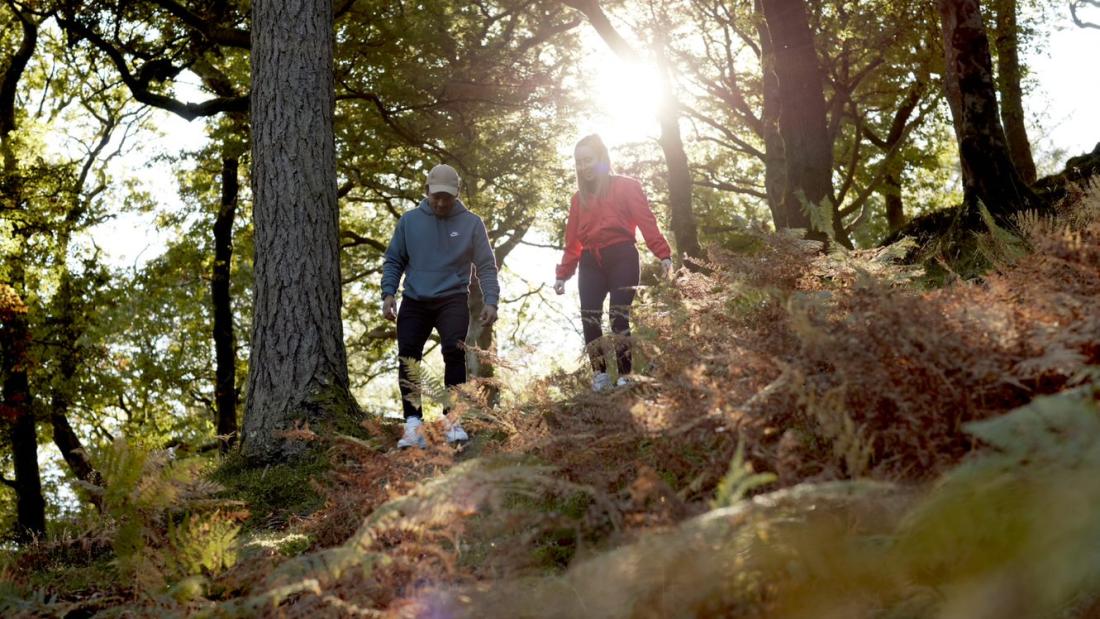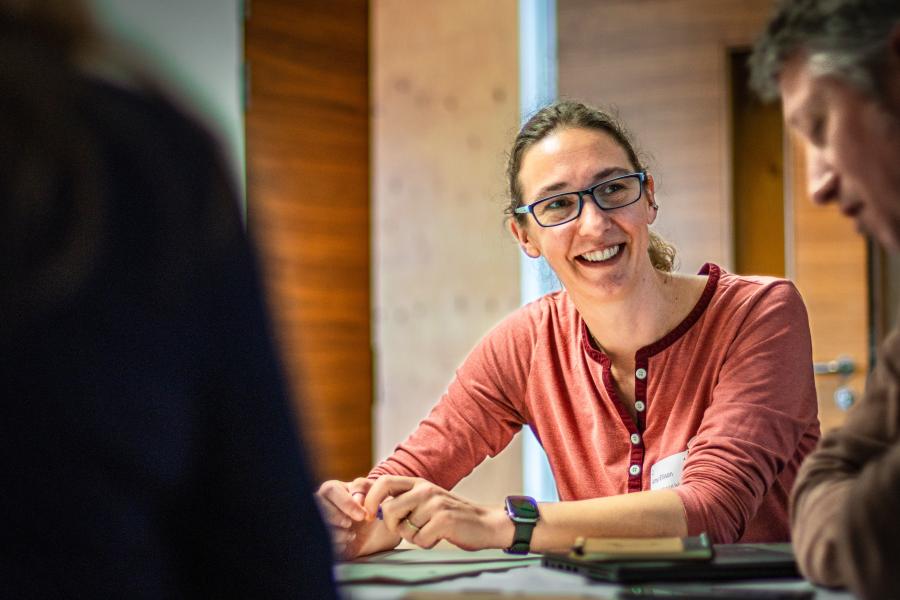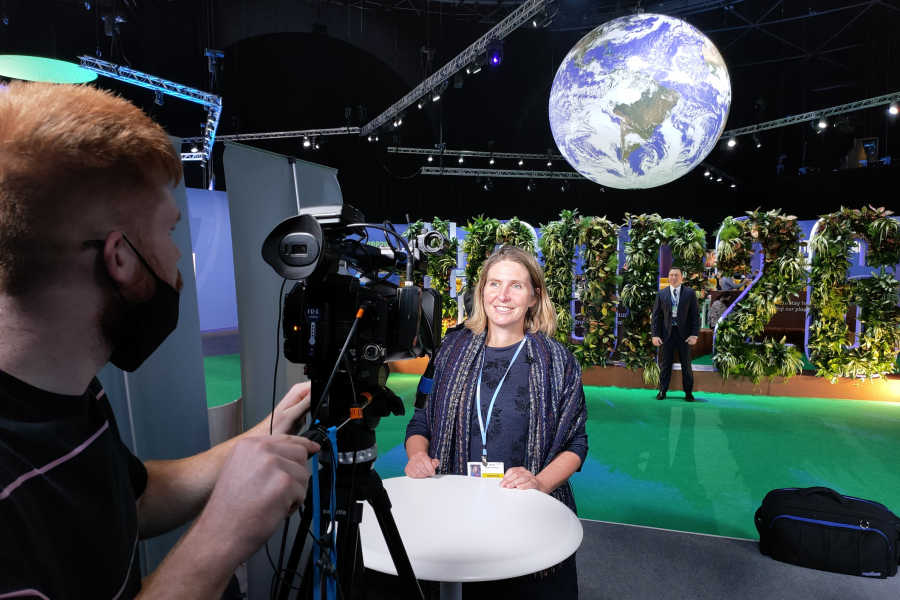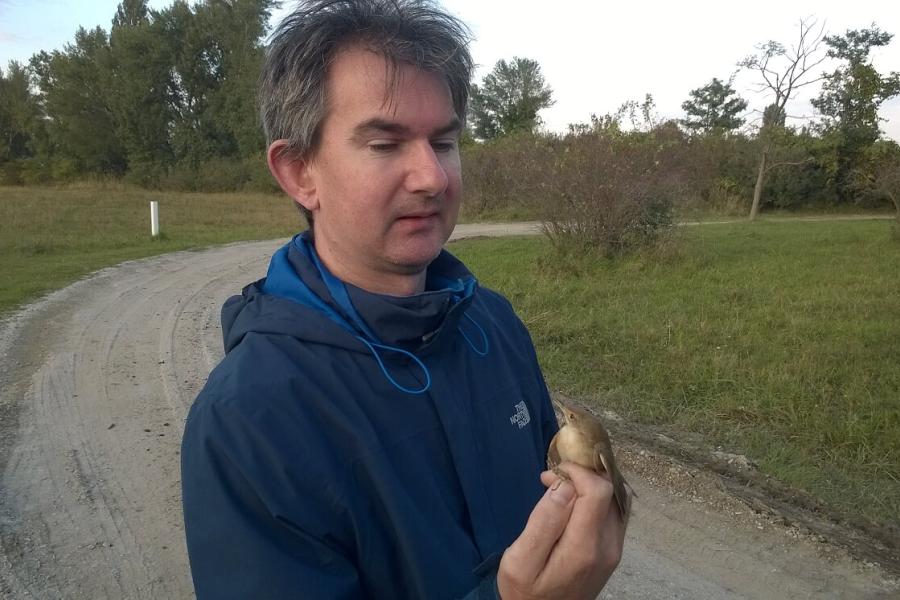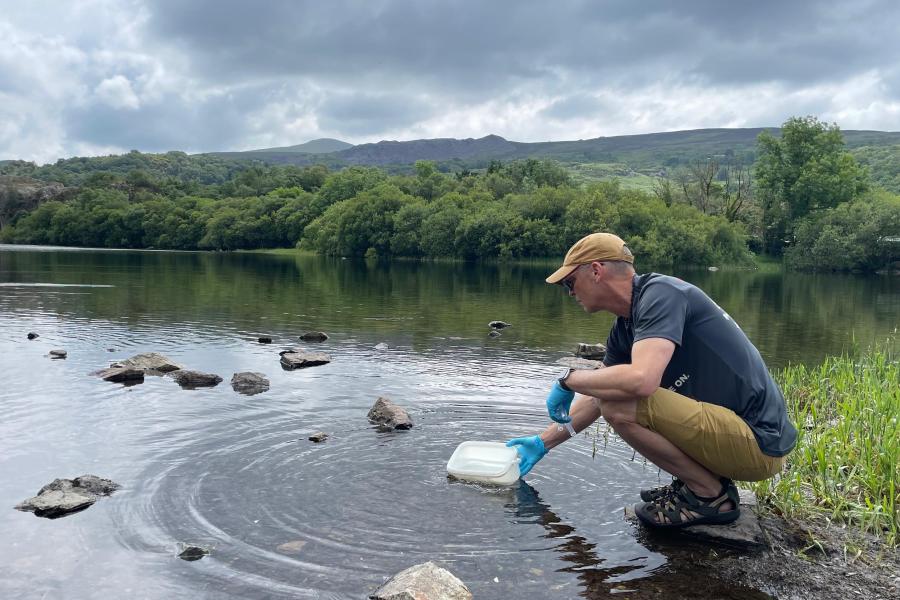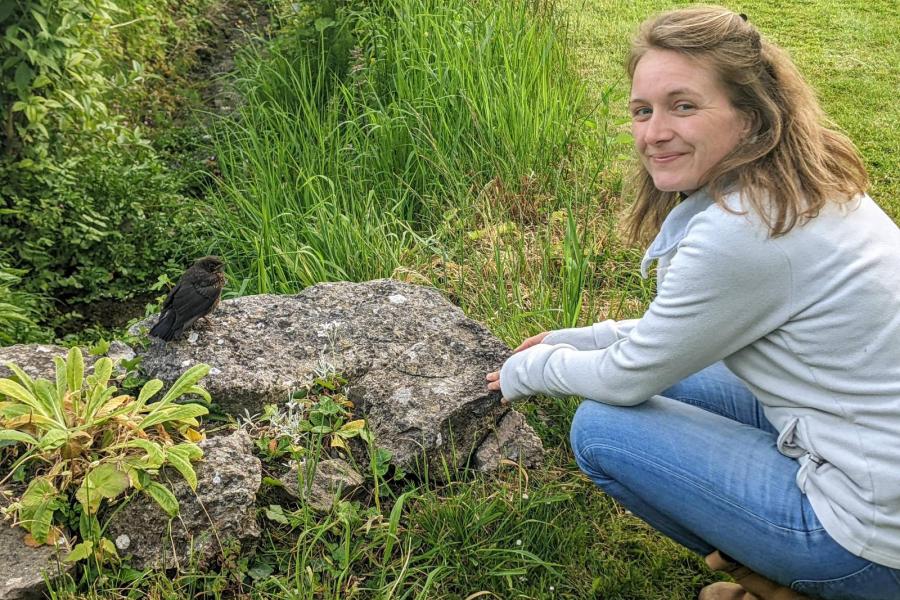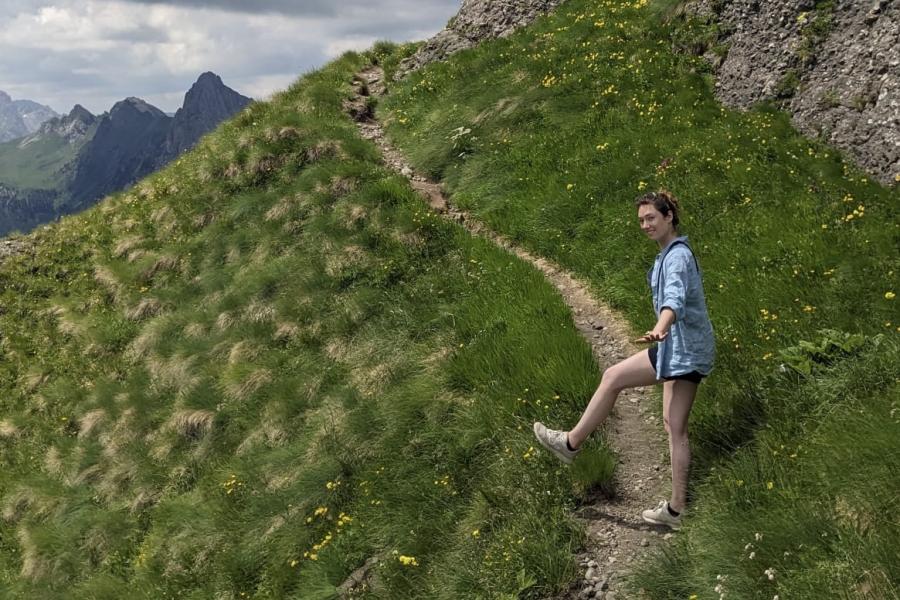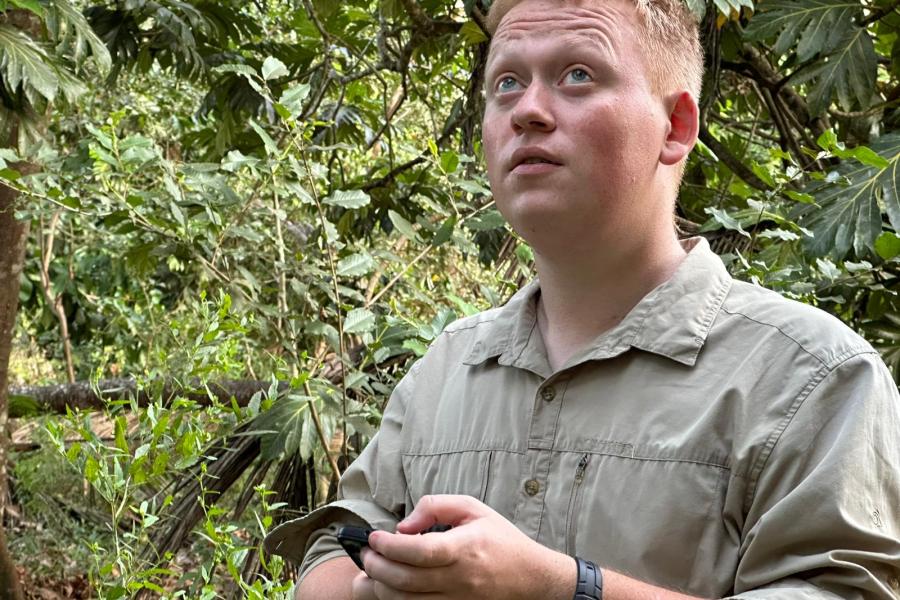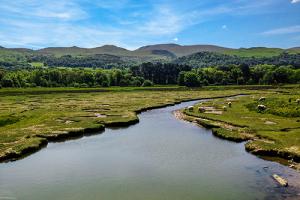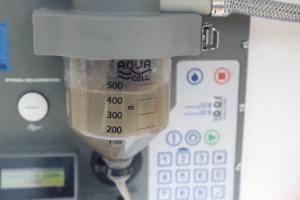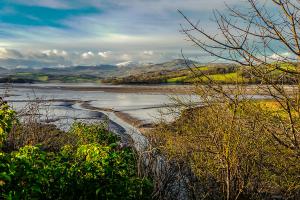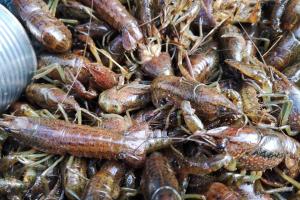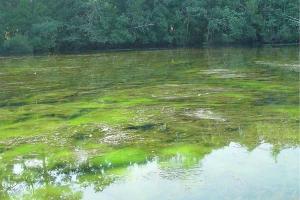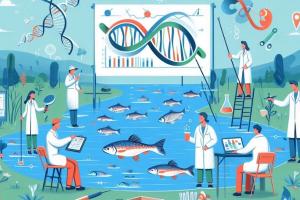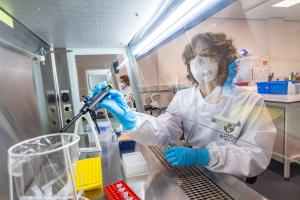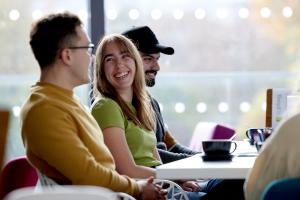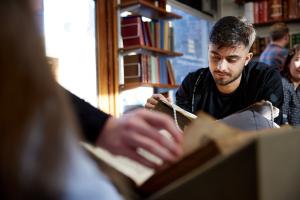Global collaboration and world-class facilites
Interdisciplinary collaboration is key to tackling One Health challenges in both Wales and on an international stage. Our research facilities in this area are world-beating and include our ocean-going research vessel the Prince Madog, the Henfaes research farm, and Treborth Botanic Gardens. Critical research into environmental health is carried out in the College of Environmental Sciences and Engineering, from across the School of Natural Sciences and the School of Ocean Sciences is leading the way in One Health, with the BioComposites Centre and the world-leading Wastewater Research Centre Wales. We combine this core expertise in environmental health, with key capabilities in agriculture, animal health and collaborations with the College of Human Sciences bring together medical and health science experience, coupled with industrial partners and public health agencies, Bangor University is well placed to study One Health.
Featured Researchers
Full researcher list
- Dr Amy Ellison (aquaculture, microbiomes, chronobiology)
- Professor Julia Jones (biodiversity conservation, impact evaluation)
- Dr Benjamin Jarrett (invasive species, biological control, insect herbivory)
- Dr John Mulley (evolution, development, genomics)
- Dr Panagiotis Ritsos (information visualization, visual analytics, mixed and virtual reality, human-computer interaction)
- Dr Peter Robins (physical oceanography, estuary hazards, marine pollution)
- Dr Alexander Georgiev (primate behavioural ecology, ecophysiology, human-primate coexistence)
- Professor Richard Holland (animal behaviour, animal cognition, zoology)
- Dr Anita Malhotra (snakebite, co-existence, biodiversity)
- Professor Simon Creer (molecular, ecology biodiversity)
- Dr Alex Papadopulos (evolutionary genetics)
- Dr Svenja Tidau (marine biology, anthropogenic impacts, sensory ecology)
- Dr Daniela De Angeli Dutra (parasites, land use change, vector-borne diseases)
- Dr Lucinda Kirkpatrick (disease ecology, biodiversity change, ecological modelling, animal behaviour)
- Dr Kata Farkas (environmental monitoring, human viruses, public health, zoonotic diseases)
- Dr Seumas Bates (anthropology, forestry, AI)
- Dr David Fidler (microbial ecology, soil)
- Dr Perrine Florent (ecotoxicology, microplastics, ecosystem transport)
- Dr Miku Kawahara (aquaculture, aquatic animal health, infectious diseases)
To follow
- Charlie Gregory (population genetics, bioinformatics, conservation)
- Patrick Allsop (ecology, behaviour, genetics, microbiome)
- Joseph Douglas (green space, mental health, cities)
- Evie Courtenay (water, elephants, interdisciplinary)
- Katrin Schmidt (Plant pest and disease detection, canine olfaction, woody plants)
To follow
Key projects
Researchers in this theme work on a wide variety of applied projects.
Key projects
Researchers in this theme work on a wide variety of applied projects.
The One Health Comic
Take a look at our fun and informative comic, created to raise awareness of the One Health project and its far-reaching impact.
“The Wastewater Detectives” A One Health Story Comic by Rik Worth & Jordan Collver with colours by JP Jordan In collaboration with Ellie Jameson & Amy Ellison. One health at Bangor University funded by Wales Innovation Network.
Page 1 of 4
PANEL ONE: A leaky sewage pipe drips slowly
CAPTION: Wastewater surveillance attracted little more than an academic trickle.
PANEL TWO: The steam quickens. We pull out and see the dirty leak is infecting clean water.
CAPTION: Then COVID-19 happened…
PANEL THREE: The pipe burst, but it’s not just water that flies out, scientists heroically leap from the water too. This would be a good place for researchers to cameo.
CAPTION: Suddenly, the field flooded!
PANEL FOUR: The scientists stand ankle deep in water. If there is a way to differentiate them and identify them with their fields, that would work well here – e.g. what types of tools you would use in field work. SCIENTIST ONE stands boldly in the front of the panel. SCIENTIST TWO, stands in the midground, covered in filth but shrugging their shoulders.
CAPTION: A vital demand for knowledge created more chances for scientists and researchers across disciplines to explore new areas of research.
SCIENTIST ONE: It’s dirty job! But someone has to do it!
SCIENTIST TWO: Meh. Still better than writing grant applications.
PANEL FIVE: A glory shot of the Main Arts building, Bangor University.
CAPTION: The process of identifying COVID 19 in wastewater was first utilised at Bangor University in the UK… at the One Health Institute!
CAPTION: We can detect emerging variants in real-time to better understand disease prevalence in the community than through testing alone.
Page 2 of 4
PANEL ONE: The scientists are now in a lab, analysing things. Two researchers look at computer with a projection of a phage on the wall behind them, another looks into a microscope, a fourth carries a box of vials with a warning sign. SCIENTIST TWO, looks up from their work to the reader.
CAPTION: OneHealth Bangor’s mission is to use interdisciplinary research to understand and solve the issues of human health, biodiversity loss and climate change.
SCIENTIST four: Oh, no pressure then?
PANEL TWO: A row of three OneHealth scientists with their backs to the reader, shake synchronised hands with three other experts: an academic, a doctor and a shellfish farmer.
CAPTION: And work with academic communities, public health agencies and industry experts to make effective and sustainable change.
PANEL THREE: Two mussels on the seabed chat. We can see dirty flows within the water and sewage matter floating around. MUSSEL TWO sucks on this stream, through the cartoon area where its mouth would be.
CAPTION: Take shellfish, for example. They're filter feeders and eat everything, including viruses, in tiny doses that bioaccumulate - anything from hepatitis to norovirus.
MUSSEL ONE: What do you fancy for lunch?
MUSSEL TWO: Y’know me. I’m not fussy *BURP*
PANEL FOUR: Upwards shot of a man about to tuck into some lovely, steamed mussels in garlic white wine sauce.
CAPTION: Then they're farmed. And although the shellfish are cleaned, those viruses can still get through to humans...who prefer their shellfish swimming in white wine sauce. Not sewage.
PANEL FIVE: In the foreground, the man is bringing the mussel to his mouth. In between them, in the background, SCIENTIST TWO, arrives just in time. They reach out and shout!
SCIENTIST TWO: STOP THAT SHELLFISH!
CAPTION: Through monitoring, we can predict outbreaks in communities – working with industry to ensure contaminated shellfish isn't sold, and with public health to develop policies.
Page 3 of 4
PANEL ONE: A beach on a hot day. Two typical BEACH GOERS arrive to find a human-size viruses with two little Virus children ruining the beach. There are a number of bacterial beach goers in the background. There is filth around them, the water that touches turns brown, a child virus corners a crab, and there is litter around them.
CAPTION: But these challenges aren't just local, they're global. As the climate warms, more people might want to spend time at their local beach... But warmer temperatures means there are other visitors from further abroad.
BEACH GOERS: GASP!
VIRUS ONE: Say hello to your new home kids!
VIRUS CHILD: WHAZZAH!
PANEL TWO: Three beakers of water with three corresponding scientists, sit on heated stirring plates. The first two beakers and have clean water, motionless and boiling. But the final beaker has the Bacteria growing and launching out the beaker, shocking the researcher. The Bacteria has a little face.
CAPTION: Tropical viruses will find new homes in our waters. And as COVID proved, our communities are easily caught unaware by new diseases. Our research (just one of many) looks at how viruses pathogens react to different temperatures.
RESEARCH ONE: Hmm, too cold.
RESEARCHER TWO: Too hot!
RESEARCH THREE: Whoa!
BACTERIA: Just right!
PANEL THREE: Two researchers read a print readout from a super computer – of course the comics thing to do is a classic reel-to-reel style monstrosity – but again, we can update it to be more modern and less comical.
CAPTION: This data is fed to computer models that can forecast potential risks to human health.
COMPUTER: BZZT_CLICK_BZZT Don’t go swimming. CLICK_BZZT_BEEP And take sunscreen!
PANEL FOUR: This goes back to the lab seen on PAGE 2, PANEL ONE, a researcher in goggles lifts a container out of a chilled storage unit. Mist flows around the container as the researcher nervously does her work. On the container is a stylised Phage.
CAPTION: We’re also using viruses to our advantage.
PANEL FIVE: Back at the beach. The helpful PHAGE acting like a bouncer, is human sized, but bigger - more muscular, hunkier. It punches its fist into its hand, as its body, almost blocking out the sun, steps on a bacteria drinking an antibiotic cocktail on a dirty beach towel. One of the human BEACHGOERS leans over the shoulder of the PHAGE shaking a fist in the air, as if to say, “I’ll get you!”
CAPTION: By isolating helpful bacteriophage (viruses) in sewage, and finding the ones harmless to humans and animals, we can attack antibiotic resistant bacteria…
PHAGE: This host ain’t big enough for the two of us…
CAPTION: …Meaning we can prevent and reduce deaths due to antibiotic resistance.
Page 4 of 4
PANEL ONE: The first caption rund the length of the tops of PANELS ONE, TWO and THREE.
CAPTION: Bangor is well suited to the One Health approach thanks to our outstanding...
PANEL ONE: This panel represents the School of environmental and natural science. It shows a researcher with a frog on their shoulder is pushing aside verdant leaves to look at another frog.
CAPTION: School of Environmental and Natural Science. Home to zoologists, ecologists and environmental scientists (esp. Forestry and soils).
PANEL TWO: Here we have the Prince Madog Research vessel coming over sea swells, against light breaking through gray skies.
CAPTION: The School of Ocean Studies. Oceanography, animal behaviour, aquaculture (mussels, oysters, etc)
PANEL THREE: Finally, moving from green to turquoise to blue, we have medical students and researchers in scrubs helping a patient. The image is more immediate and the personal.
CAPTION: And school of Health Sciences. Medical, health, social care, Social science, health economics.
CAPTION: All supported by Wales’ leading environmental, sustainability and health infrastructure.
PANEL FOUR: A close-up of a tube in an IV drip, one that controls the rate of flow. It’s about to drip.
CAPTION: It’s much more than just looking at human health.
PANEL FIVE: Close in on the drop of water, falling. The drop is a pale blue and green sphere that looks like earth against a dark background full of stars.
CAPTION: Bangor's One Health research investigates the health of our environment, wildlife, and humans…
...to study how these three things are inextricably interlinked.
PANEL SIX: Back to a beach with palm trees and mountains in the background. The drip has fallen into the ocean with a splash. This beach looks calm, clean and serene in the sunrise. The drip has caused ripples to spread across the ocean to the shore.
CAPTION: By making positive changes in just one area...
..we can see the ripple effect...
…across entire ecosystems.
We all share one planet.
We all share… One Health.
END
Post Graduate Research Project Highlights
Our cutting-edge PGR projects are driving innovation across fields by exploring transformative ideas, advancing knowledge, and offering real-world solutions.
Latest news
At Bangor, research underpins our teaching. You can study a wide variety of courses, at all levels, which build on the world-leading research we are doing in this field.
At Bangor, research underpins our teaching. You can study a wide variety of courses, at all levels, which build on the world-leading research we are doing in this field.

